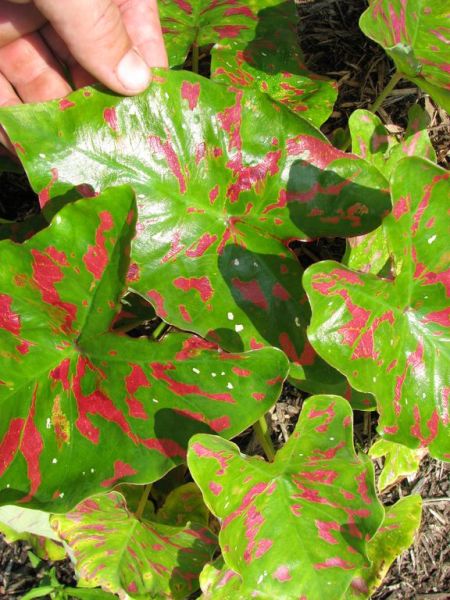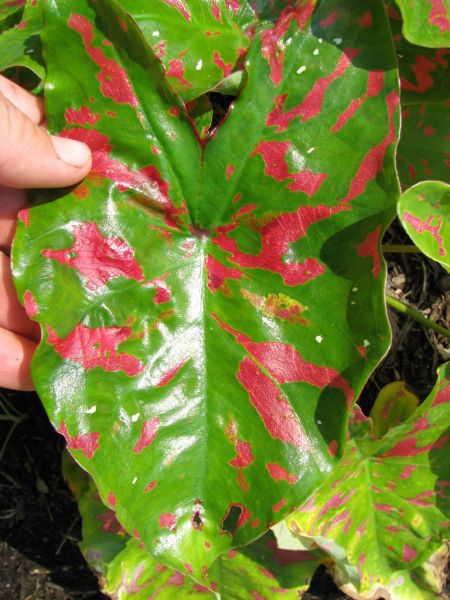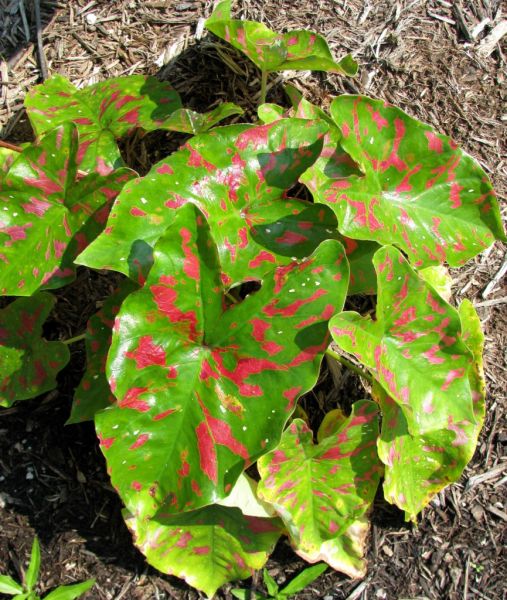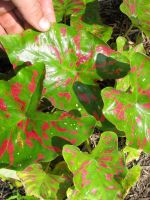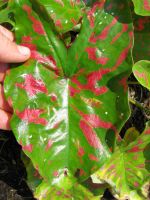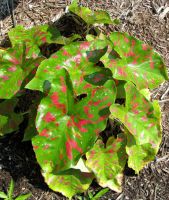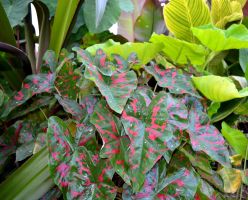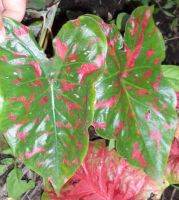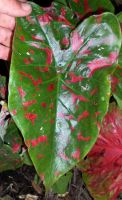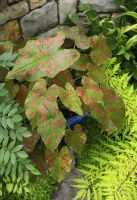Caladium Painted Frog™ Poison Dart Frog
Vibrant, but certainly NOT toxic
Painted Frog™ Caladiums: Our caladium breeder, Brian Williams, thought by pairing these spectacular new caladiums with colorful frog names, he could serve two purposes:
1.) Raise more awareness for these beloved creatures that our planet should never be without.
2.) Celebrate the vivid frog-like colors these caladiums offer in your garden, where with good environmental practices, frogs should always thrive.
A few frog facts: Do you know that nearly one-third of the world’s amphibian population is threatened with extinction, and its been estimated that as many as 120-200 species of frogs have completely disappeared from the planet since 1980? This is a tragedy.
Frogs are known as “bio-indicators”. Their permeable skin makes it easy for them to absorb toxic chemicals, so their habitats must be clean and free from toxins or we begin to see unhealthy frogs. Our world’s wetlands are some of our most environmentally threatened areas, and this is where many frog species live. Tadpoles eat algae and keep the waterways clean. Adult frogs eat large quantities of insects such as mosquitos, and other vector-type bugs, and also serve as an important food source to other animals like birds and snakes. So, when frogs become sick, their poor health is thought to be indicative of the health of the entire biosphere.
Frogs are also important in medical research. Their skins secrete a wide array of chemicals thought to be useful in the pharmaceutical industry. As we loose these beloved creatures, we also loose new opportunities to improve our health. Think about it; frogs have been on the earth for more than 250 million years, and we’d like to keep them around at least, that much longer, right?!
Vibrant, but certainly NOT toxic, the shiny, dark-green leaves of this caladium are splotched with red and reflective in bright light, making them look waxed. While most caladiums benefit from shade, Poison Dart Frog is at its best in partial sun, opening new possibilities for use in the garden and mixed containers. A medium-sized grower with huge potential for decorating, combine with begonias, ferns and other shade loving plants for the perfect texture combination.
Who Am I?
-
Common Name:Poison dart frog caladium
-
Botanical Name:Caladium 'Poison Dart Frog' PP27513
-
Type:Annual
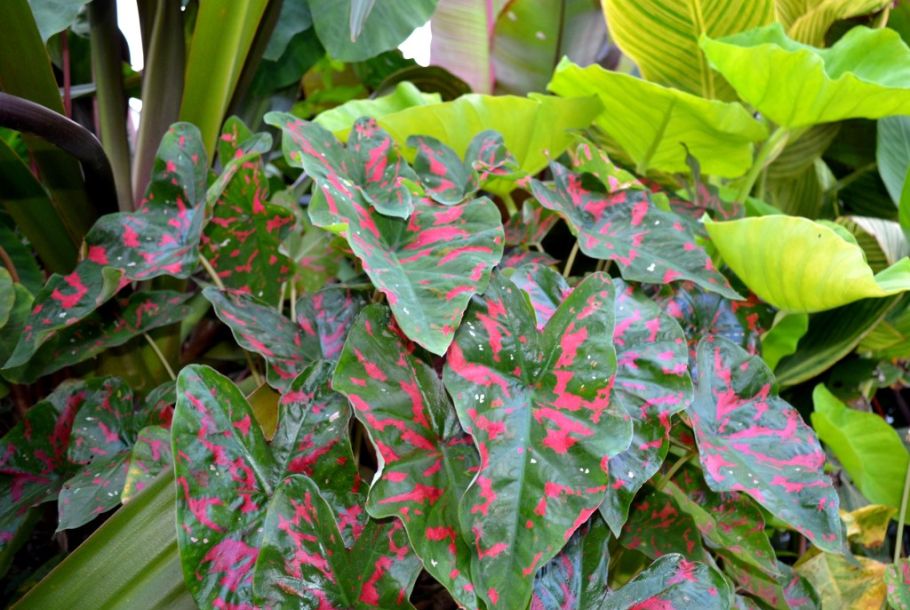
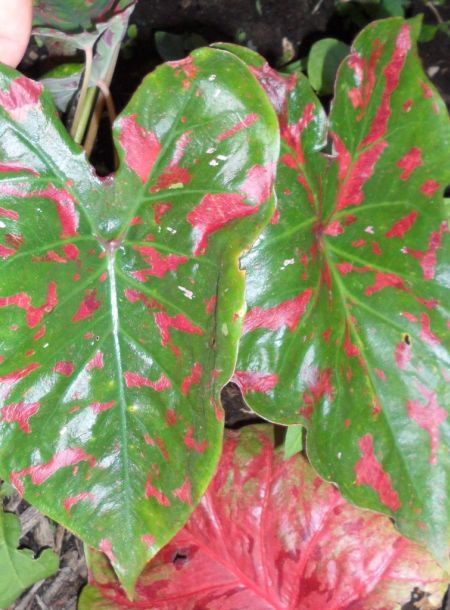
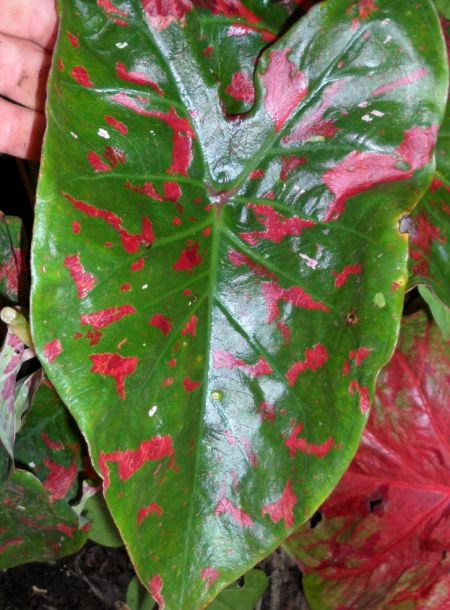
Cultural Details
TYPE
-
Light:Part sun - prefers afternoon shade in the south
-
Soil:Warm garden soil, rich in organic matter
-
Moisture:moist, but well drained and not too soggy
-
Hardiness Zone9-11
-
Size:12-24" tall by 12-24" wide
-
Diseases & Pests:Root Rot, bacterial leaf spot
